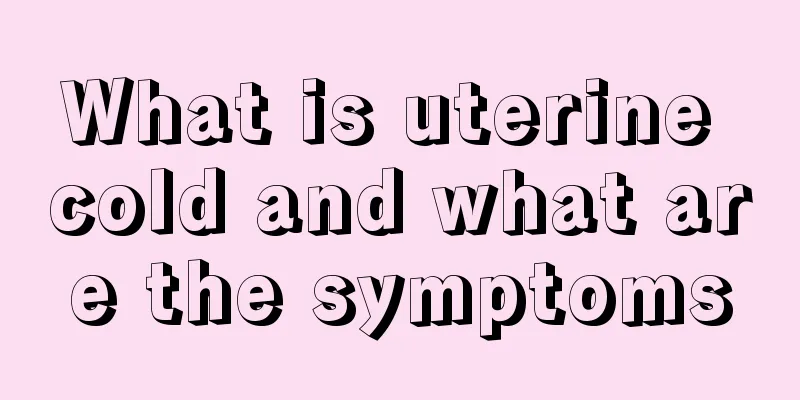What does a normal nipple look like?

|
Everyone's nipples have their own shape, and the shape and color of nipples vary from person to person. Some people's nipples are darker, while others' nipples are larger. In fact, the development of nipples is not only related to congenital genetic and developmental factors, but also to various acquired factors. Some women don't know what normal nipples should look like, so they feel that their nipples are abnormal. So what should normal nipples look like? Generally speaking, the normal color of female nipples and areolas is light red or pink-brown. If the color of nipples and areolas changes, it may indicate certain physiological or pathological changes in the female endocrine system. The breast is a lactation organ and is closely related to female reproductive function. The breasts of adult women are hemispherical in shape, with a nipple in the center and 12 to 15 milk-transmitting holes on the nipple. The nipple is surrounded by a ring-shaped area of darker pigmented skin called the areola. There are many small protrusions in the areola area, which are areola glands, which secrete sebum to lubricate the nipple. You can also put your hands on your hips and slowly rotate your body to the right or left to check whether the nipples and breasts have sunken, red, swollen or skin damage. Everyone has hair follicles around their nipples, and hair begins to grow on the nipples during development. There is almost no woman without any nipple hair on her breast. Nipple hair usually grows around the areola. Some women have a lot of nipple hair, which is normal. If you find nipple hair unsightly, you can remove it by weeding it out or using laser surgery to remove it permanently. After menopause, breast hair growth slows down and may eventually disappear as you age. So no matter how thin or long it is, it is normal. But if it is accompanied by other symptoms, it is a different matter. There is a disease called polycystic ovary syndrome, which is an endocrine disease in which the ovaries are enlarged and contain many small fluid-filled cysts, the level of androgen increases, and ovulation cannot occur. The main symptoms of patients are menstrual disorders, generally infrequent menstruation, decreased menstrual volume, and gradually progressing to amenorrhea. Because androgen levels are too high and ovulation cannot occur, the patient may become infertile. The patient may also have excessive hair and hair growth around the areola, and may be prone to acne, oily skin, obesity and other symptoms. If this is the case, it is recommended to go to the hospital as soon as possible to rule out pathological factors causing the symptoms. |
<<: Is uterine tumor surgery dangerous?
>>: Are uterine fibroids life-threatening?
Recommend
International Albinism Awareness Day丨Today, let’s learn about the “Moon Child”
Are there some "special" people around ...
Fetal ultrasound screening that pregnant mothers should not ignore
When a woman becomes pregnant, her body begins to...
Nose bleeding during pregnancy affects the fetus
During pregnancy, many women experience nose blee...
How long does it take to return to normal weight after childbirth?
Women will experience many symptoms after giving ...
Caesarean section wound infection picture
After a cesarean section, pregnant women will hav...
How many days does it take to stimulate ovulation in IVF?
In vitro fertilization is quite common in today&#...
What should we pay attention to when doing the six-item estrogen test?
Estrogen is an important indicator for female fri...
How to make female genitals white?
Generally speaking, the genitals of underage girl...
Can I eat hot pot when I am pregnant?
When it comes to hotpot, everyone must be familia...
Knowledge on the recurrence rate of uterine fibroids
For many female friends, gynecological diseases h...
Do breast enhancement creams really work? The correct method will be effective
Nowadays, there are many ways to enlarge breasts,...
My period is 4 days late, is the test strip accurate?
Is the pregnancy test accurate if your period is ...
Picture of gestational sac falling during pregnancy
The gestational sac is the initial test tube embr...
Why do I get acne on my face during menstruation?
Many female friends will encounter a problem, acn...
Being hypnotized = absolute obedience? You are still too naive!
In the study of psychology, it is often mentioned...









